Always Here for You.
Lighting Warehouse offers direct support to customers. We always have your back.
SHOP BY LW BRAND
SHOP CATALOG
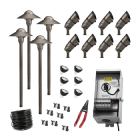 Easy-Install Kits
Easy-Install Kits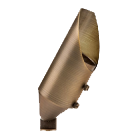 Uplights
Uplights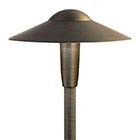 Path & Walkway Lights
Path & Walkway Lights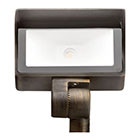 Flood & Wall Wash Lights
Flood & Wall Wash Lights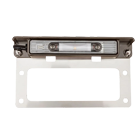 Hardscape Lights
Hardscape Lights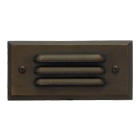 Step Lights
Step Lights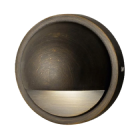 Outdoor Deck Lights
Outdoor Deck Lights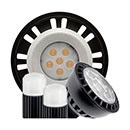 Outdoor Bulbs
Outdoor Bulbs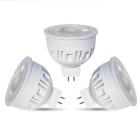 RGBW Color Lights
RGBW Color Lights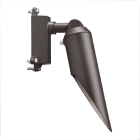 Downlights
Downlights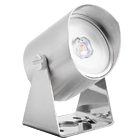 Underwater Lights
Underwater Lights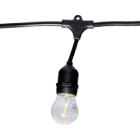 Bistro String Lights
Bistro String Lights Holiday Decorations
Holiday Decorations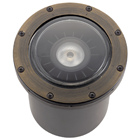 In-Ground Well Lights
In-Ground Well Lights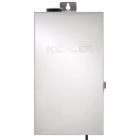 Transformers
Transformers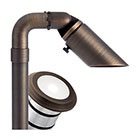 Accessories
Accessories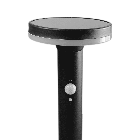 Solar Lights & Portables
Solar Lights & Portables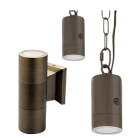 Specialty Lights
Specialty Lights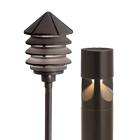 Bollard Lights
Bollard Lights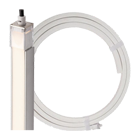 Tape Lights
Tape Lights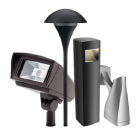 120V Landscape Lighting
120V Landscape Lighting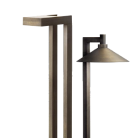 Dark Sky Approved Lights
Dark Sky Approved Lights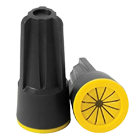 Connectors
Connectors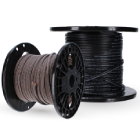 Wire & Cable
Wire & Cable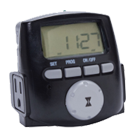 Timers & Control Devices
Timers & Control DevicesAlways Here for You.
Lighting Warehouse offers direct support to customers. We always have your back.
Save More When You Become a Customer!
Lighting Warehouse offers support to customers at home.


September 23, 2024
Table of Contents: The Difference Between Lumen vs. Watt Comparison Guide
When it comes to landscape lighting, the terms “lumens” and “watts” get thrown around a lot and can be a bit confusing when determining the difference between lumen and watt to use in your home lighting. Our lumen vs. watt lighting comparison guide breaks down what each term means and how they impact your lighting choices.
Think of watts as a measure of how much energy your lights use, while lumens tell you how much light you actually get. They’re like the difference between knowing how much fuel you have in your car versus how far you can drive with it.
Grasping the difference between a lumen and a watt can totally transform how you light up your outdoor spaces, brightening your homemaking your home shine bright, boosting security, and highlighting your garden’s best features.
Read through these brilliant tips to make sure your setup looks amazing and runs efficiently.
For decades, people have associated watts with brightness. However, this understanding is a bit outdated.
Watts measure the amount of energy a light bulb consumes instead of the amount of light it produces. Traditionally, higher wattage always meant brighter light, but in the era of energy-efficient LED lighting, that’s no longer the case.
In landscape lighting, wattage is important because it affects your overall energy consumption and costs.
For example, incandescent or halogen bulbs typically have high wattages, meaning they draw more power and are less efficient. LED bulbs, on the other hand, require fewer watts to produce the same or even more light, significantly reducing energy costs while maintaining the desired level of illumination.
Understanding wattage remains vital when planning and maintaining a landscape lighting system. Here’s why it’s a key consideration:
The relationship between watts and lumens is vital to understanding modern lighting efficiency. While watts tell you how much energy a light uses, lumens measure how much light it emits. The higher the lumen rating, the brighter the light. For example, a bulb with 800 lumens is twice as bright as one with 400 lumens, regardless of wattage.
This lumen-to-watt comparison becomes especially important when transitioning from traditional incandescent bulbs to energy-efficient LEDs.
In landscape lighting, lumens are the go-to metric when considering how much illumination you need in a particular area. Whether lighting a pathway, accenting a garden feature, or illuminating a driveway, understanding lumens will help you achieve the right ambiance and functionality. By focusing on lumens instead of incandescent bulb lumens per watt, you’ll find it easier to balance brightness with energy efficiency.
Lumens are integral in determining the brightness and functionality of your outdoor lighting system. Let’s explore how lumens can help determine the brightness of your outdoor lighting system:
With the rise of energy-efficient lighting—mainly LEDs—the relationship between watts and lumens has shifted. A 60-watt incandescent bulb, for example, produces about 800 lumens. However, an LED bulb that produces 800 lumens might only consume 10 watts. This massive energy saving is why many homeowners are making the switch to LED landscape lighting.
The table below shows the incandescent and LED watt differences and how LED technology allows for more light output (lumens) with less energy consumption (watts), offering a practical advantage for outdoor and landscape lighting.
| Light Bulb Type | Lumens | Watts (Incandescent) | Watts (LED) |
| Path Lighting | 100 | 15 | 1-3 |
| Accent Lighting | 300 | 40 | 4-5 |
| Flood Lighting | 1000 | 75 | 12-14 |
For landscape lighting, planning based on the desired light output rather than energy consumption is crucial. Here’s why focusing on lumens makes sense:
Understanding incandescent light bulb watts to lumens in modern lighting helps highlight the advantages of switching to LEDs. Choosing LED bulbs is often the best route when planning your landscape lighting system. Not only do they offer higher lumens at lower wattages, but they also have longer lifespans and can withstand harsh weather conditions. Additionally, LEDs offer flexibility in color temperature, allowing you to choose between warm, cool, or daylight tones to suit your space.
To optimize your watt-to-lumen landscape lighting:
Lumens are the new watts in landscape lighting. While watts are still important for energy consumption, lumens are the key to getting the right brightness for each outdoor space. Understanding the relationship between lumens and watts allows you to create a beautifully lit landscape that enhances your home’s aesthetic, boosts safety, and remains energy-efficient. Want to keep learning? Read our guide on the difference between watts and amps.
Focus on lumens for brightness, choose energy-saving LEDs for efficiency, and ensure your setup is ideally suited to your landscape needs. Your yard—and your electric bill—will thank you!
The brightness of 200 lumens depends on the type of bulb. With traditional incandescent lighting, 200 lumens would require about 25 watts. However, with energy-efficient LED bulbs, 200 lumens typically only use around 3 watts, making LEDs a far more efficient choice for producing the same brightness level.
A 60-watt incandescent bulb produces approximately 800 lumens. An LED bulb that produces 800 lumens would only use around 8–10 watts. Again, this illustrates the significant energy savings possible with modern LED lighting technology.
The brightness of a bulb is measured in lumens rather than watts. Some of the brightest light bulbs are high-output LEDs, producing upwards of 20,000 lumens. These are most commonly used for industrial or outdoor applications. LED floodlights can reach 1,500–5,000 lumens, producing adequate safety and efficiency for residential use.
Join our Insider list and check out the different landscape lighting options that we have to offer.
Sign up for exclusive offers and insight into what’s new for Lighting Warehouse. Elevate your outdoor lighting today!
By inputting your email, you agree to receive recurring promotional emails to which you may unsubscribe at your discretion.
Start Building Your Landscape Lighting System Today at Lighting Warehouse!
Monday - Friday

Speak to us at 855-444-8424